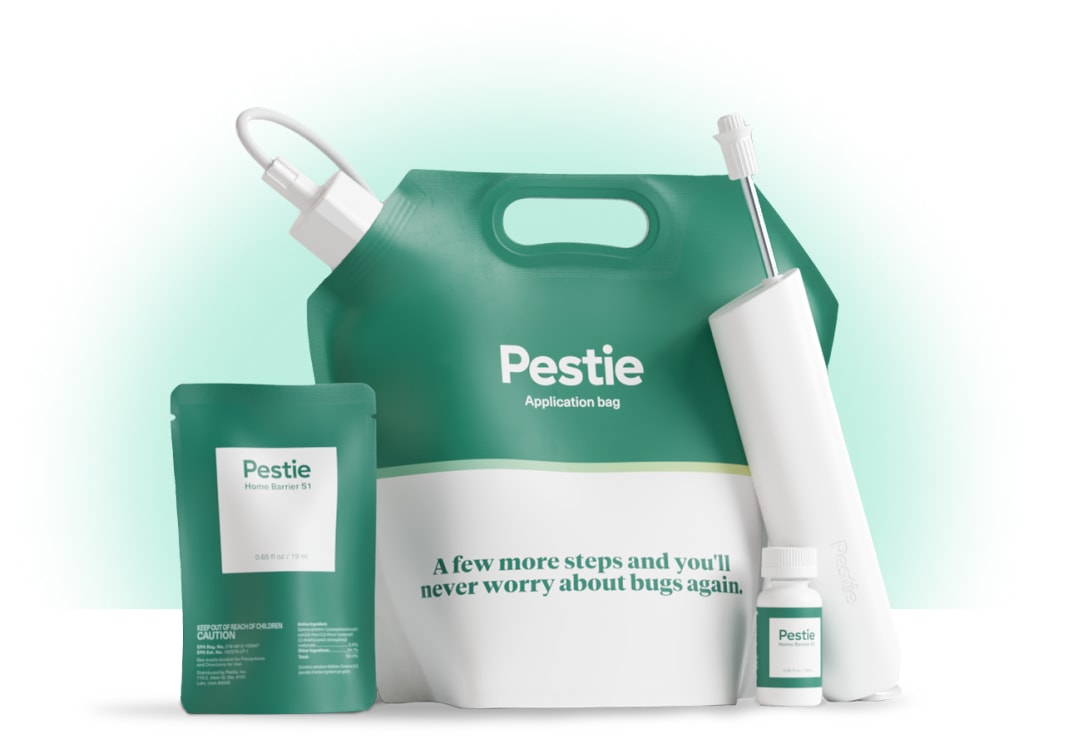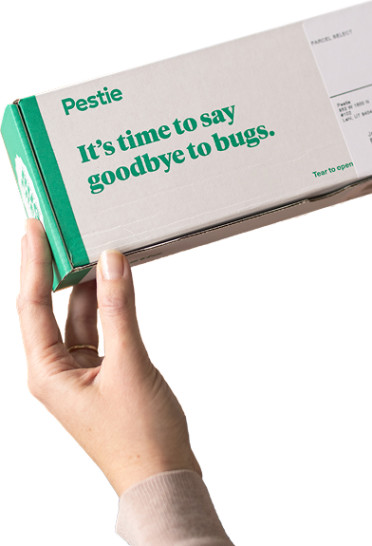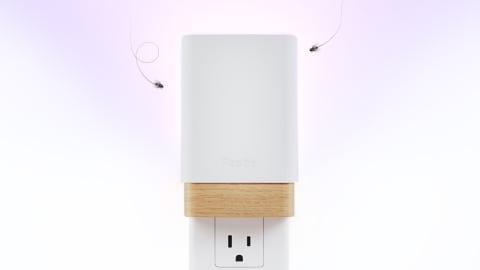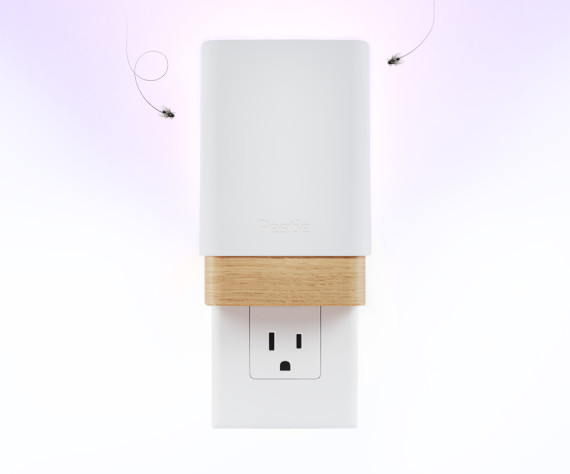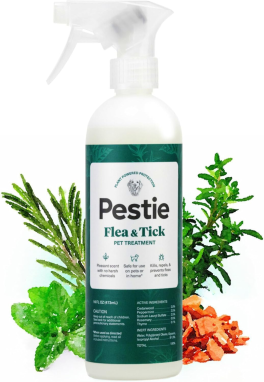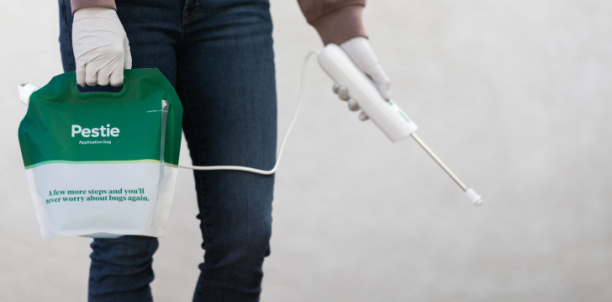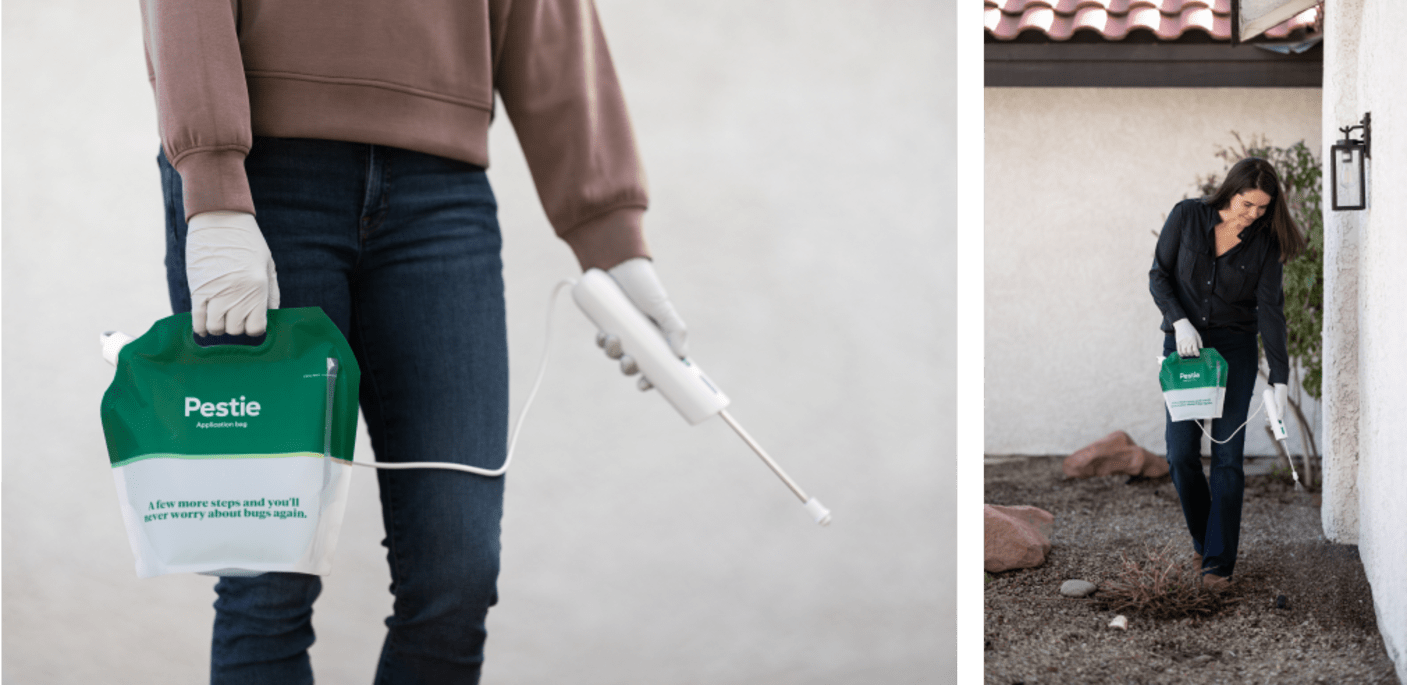How to identify and get rid of termites
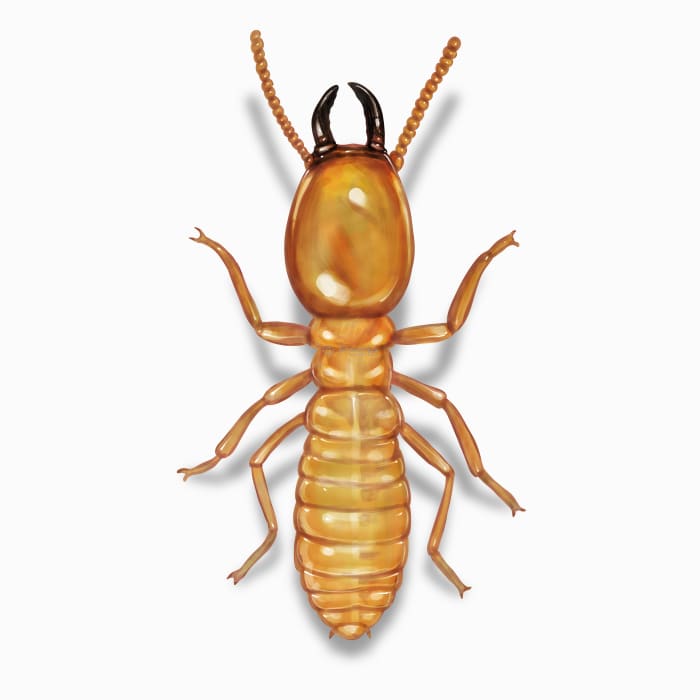
Termites: munching below and in your home
You probably never looked at a rotten 2x4 and thought, “Dinner’s ready!” Well, for a termite, that’s just the right kind of food they want on the menu.
A termite infestation is a nightmare for homeowners, and for good reason. These little guys can do some serious damage to the wood in and around your largest investment. The average homeowner can expect to spend $3,000 on average on control and repairs. And if you’re trying to sell your home, a termite-free property is a must.
That’s why prevention is a key component of termite control. If you already know termites are damaging your home, it’s best to call an expert to eliminate the problem. However, there are some ways you can help to defend your home and keep these little wood-munching pests from settling in.
How to identify termites
Not all termites look alike, and not all termites within the same colony look alike, either! However, there are some commonalities to look for to help you identify a termite.
The first termites usually spotted are the swarmers. These are winged termites looking for mates and trying to establish a new colony. Their four wings are often the same length, longer than the body. They will also typically have a thick waist, as do all termites within a colony.
Worker termites care for eggs and young and go looking for food. You will find these inside rotting wood or in dirt galleries coming from the ground. The workers are white to pale cream and have small legs and mandibles.
The soldier termites have larger mandibles and are slightly bigger than workers. They guard and protect the colony. If you happen to find the queen and king, they are typically larger than the others.
Learn about the eastern subterranean termite here.
How big are termites?
Termites range from 1/8 to 1 inch in length, depending on the species and type of termite
What other pests look like a termite?
The biggest confusion when it comes to identifying termites is their similarity to ants (like a carpenter ant). However, ants have thin waists and “elbowed” antennae that are bent. Additionally, winged ants have shorter hind wings than forewings.
Where do termites live?
There are around 45 species of termites that live in all the US states except Alaska. However, there are three types of termites, including subterranean, drywood, and dampwood. The most common household termite pests are subterranean termites. They build their colonies underground and prefer moist, isolated areas. They will create mud tubes to connect the soil to the structure they are feeding on.
Signs of termite damage
It’s important to understand when you might have a termite issue. You’ll want to look for these signs to help you determine the extent of the infestation:
- Winged reproductives (swarmers) inside or around your home.
- Mud tubes on the foundation of the house or inside the crawlspace
- Damaged wood structures in contact with soil
- Wood that sounds hollow
- Small piles of termite feces near damaged wood
How to get rid of termites
Termites need to be properly dealt with, or they can become a recurring problem that compromises the structural integrity of your home. However, prevention is the best plan to avoid costly repairs, inspections, or treatment.
To keep termites from eating the wooden structures of your home, it’s best to avoid wood contacting the soil. Subterranean termites need to return to the soil for moisture and create mud tubes to travel from the ground to susceptible wood. Keeping wood 6 inches off the ground is a good way to prevent termites from traveling up your walls.
If you do have wood close to the ground, you want to reduce the wood from staying wet. You can do this by:
- Repainting wood every few years
- Repair leaks around the foundation
- Using treated wood in porches and decks
It’s also a good idea to keep wood materials away from any structures. That includes not stacking firewood against outside walls and using pea gravel or rubber mulch instead of woodchips or wood mulch.
If you find termite damage or see swarmers or workers, it’s a good idea to call in a professional as termites typically live underground requiring additional treatment beyond the perimeter application we provide. While we are all about the DIY of pest control, some problems require special training and equipment.
Here are several treatment options that a professional may offer:
- Soil trenching – A professional will dig a trench along each exterior wall and spray liquid insecticides along the wall. This is an affordable option that can last for several years. However, there are a lot of pesticides that will be sprayed near your home.
- Baits – Plastic tubes are filled with wood and a toxic bait, and are then placed around the perimeter of your home. The workers are attracted to the wood but prefer to feed on the bait. They take the bait back to the colony which will then kill the colony in 1-2 months. This option is more expensive than soil trenching.
- Foam treatment in walls – Sometimes a termite infestation can be extensive and professional exterminators may recommend adding a foam treatment inside your walls. They drill a small hole in your wall and insert a foam sprayer that will pump an insecticide foam inside the cavity of your wall to supplement exterior treatment.
- Tent Fumigation – Some local exterminators may be able to provide tent fumigation of your home. This is the most expensive option, which involves enclosing your home in a tent and then fumigating the entire house. This option is for severe infestations at multiple points in a property.
Treat termites with Pestie
If you're still having trouble keeping termites away, the best option is to use a pro-grade, effective pest control solution like Pestie.
Pestie is a do-it-yourself pest control solution that's specially designed to keep termites and other pests away from your home.
With Pestie, you can rest easy knowing that your living space is protected and free of creepy crawlies. And the best part? It's designed for people, pets, and the planet, so you can say goodbye to harsh chemicals and hello to peace of mind!
- Save hundreds compared to traditional annual pest plans
- People, pet, and planet-friendly
- Pro-grade customized formulas
Quick facts
How dangerous are Termites?
Medium danger risk
While termites don’t carry diseases, bite, or sting, their damage to wood structures could make a property unsafe.
- Scientific name
Isoptera
- Other common names
White Ants
- Colors
White, pale cream, tan, sometimes black
- Life span
Workers and soldiers: 1-2 years, King and Queen: 20-25 years
- Diet
Wood
Recently scientists have reclassified termites and found that they are closely related to cockroaches. So, a colony of termites is just a bunch of highly social roaches!
